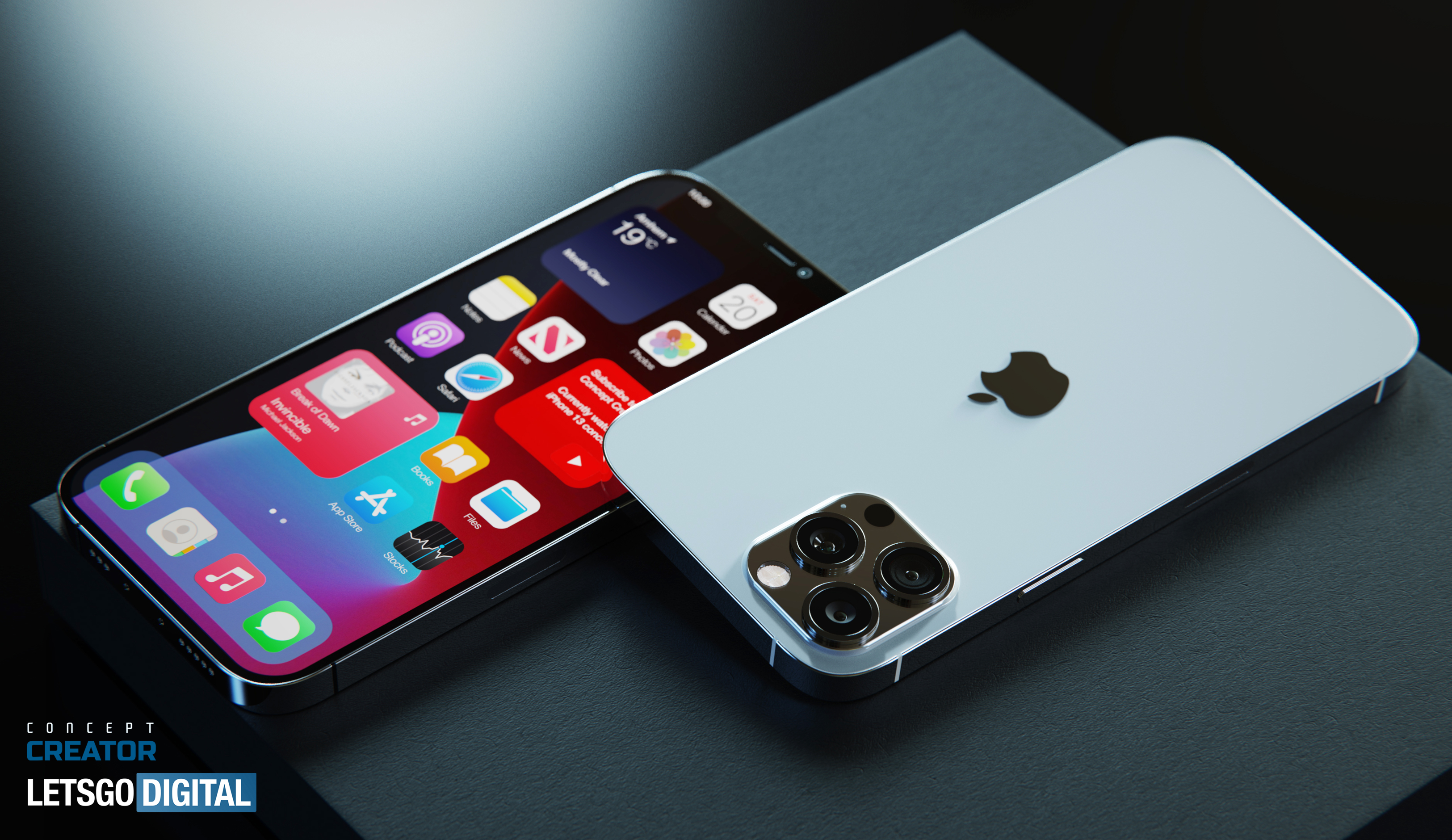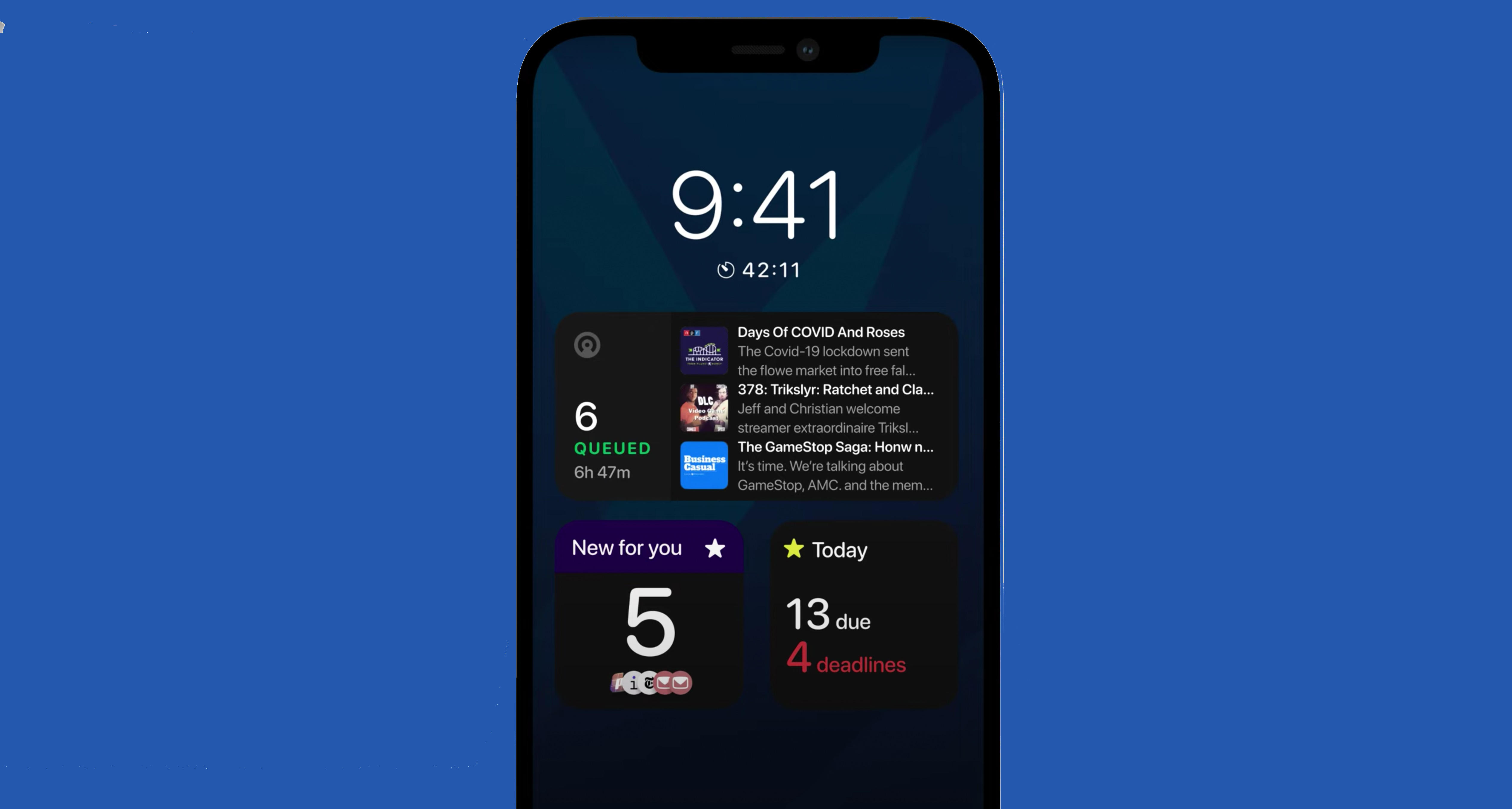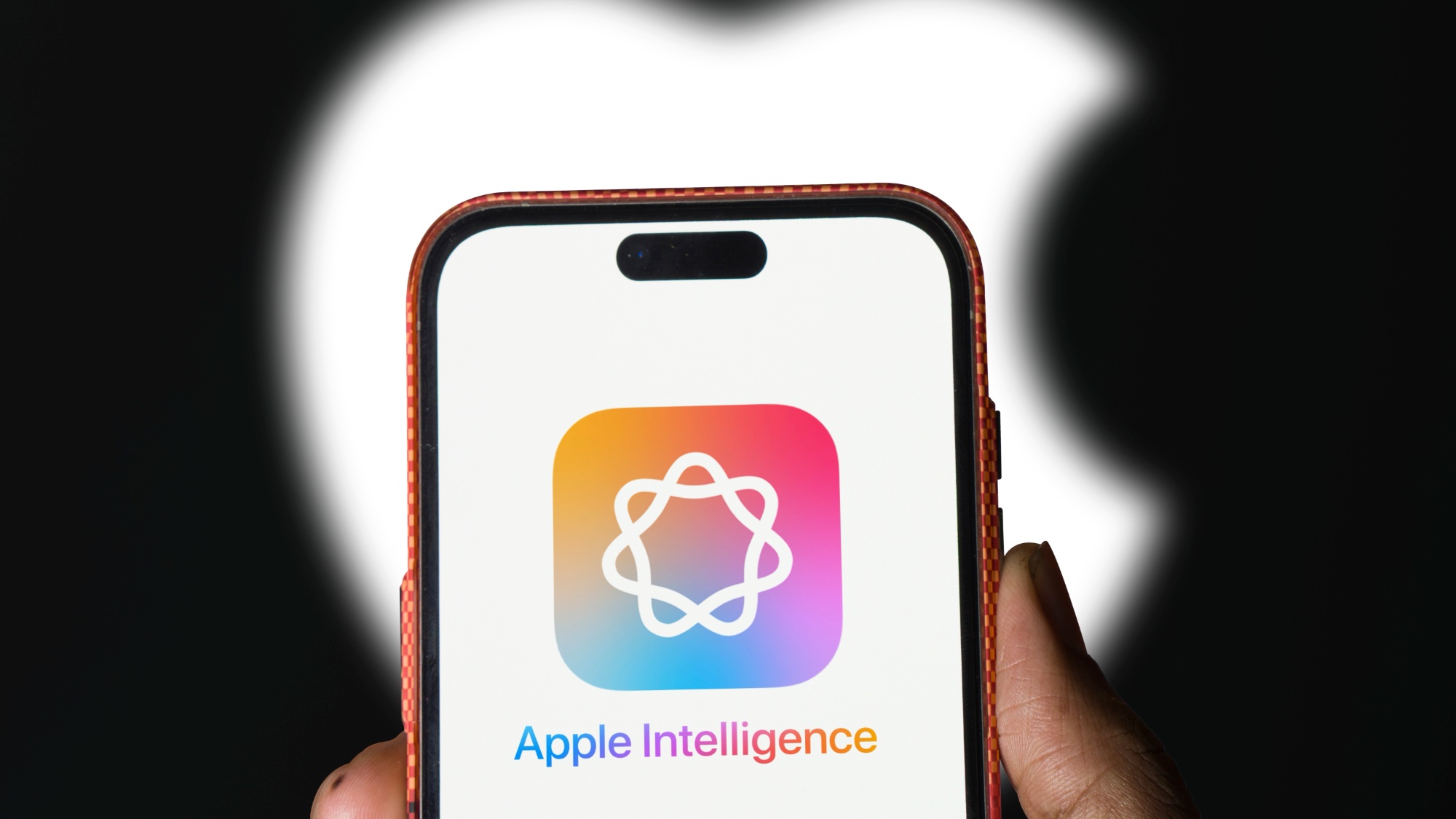iPhone 13 always-on display — here’s what it could mean for you
This potential new feature could be a major productivity booster

We're less than a week away from the Apple event on September 14, where we expect to hear about the iPhone 13. As we prepare for the event, and the ensuing deluge of coverage, there are a few last minute rumors to chew on over the weekend. One we've heard a few times in the last several months is that the iPhone 13 will finally feature an always-on display.
This is a staple on many Android phones and with Apple going all in on OLED displays, now's the best time to introduce iOS users to the feature. But if you've never seen or used always-on display, you might be left wondering why people are excited about the iPhone 13 supposedly getting it.
- The best iPhones for any budget
- Check out the best iPhone apps
- Plus: iPhone 13 Pro ‘final’ design just appeared before Apple event
Always-on display (AOD) is a minimal part of the screen that remains on even when you lock your phone. While we don't know what Apple might end up doing with it, we can look at how Android handles it for an idea. The biggest part of AOD is displaying the time, but the iOS version could also show calendar events, notifications, weather, or music information.
You might be wondering if AOD hurts battery life, but the effect on Android is negligible. Since OLED panels can light up (or turn off) individual pixels, AOD only uses the parts of the screen it needs instead of turning the whole thing on. It's essentially a low-power mode. In some anecdotal cases, AOD can actually save on battery life since you don't need to turn on the display to check the time or your notifications.

Having always-on display is more than just a convenience. I have found it to be crucial to staying productive. My phone sits beside my keyboard on my desk, easily reachable and within my line of sight. When I'm using an Android phone, I can quickly see the time (which is often larger than the tiny clock on my MacBook Pro's screen). I also see new notifications that come in, weather updates, my battery percentage, and important calendar reminders. Seeing these things at glance with a quick look helps keep me from picking up my phone and derailing me from progressing on my current task.
I sorely miss AOD when I use the iPhone 12 Pro. It's a small feature, but it's one Apple could easily implement. AOD can be one of those little things that makes a big difference and I really want to see it on an iPhone. If the iPhone 13 does get an always-on display option, it won't be a highlight of the new phone. It won't make as big of a splash as the new processor or camera upgrades, but you might find it a lot more valuable (or least used more often) than you think.
Sign up to get the BEST of Tom's Guide direct to your inbox.
Get instant access to breaking news, the hottest reviews, great deals and helpful tips.

Jordan is the Phones Editor for Tom's Guide, covering all things phone-related. He's written about phones for over six years and plans to continue for a long while to come. He loves nothing more than relaxing in his home with a book, game, or his latest personal writing project. Jordan likes finding new things to dive into, from books and games to new mechanical keyboard switches and fun keycap sets. Outside of work, you can find him poring over open-source software and his studies.
